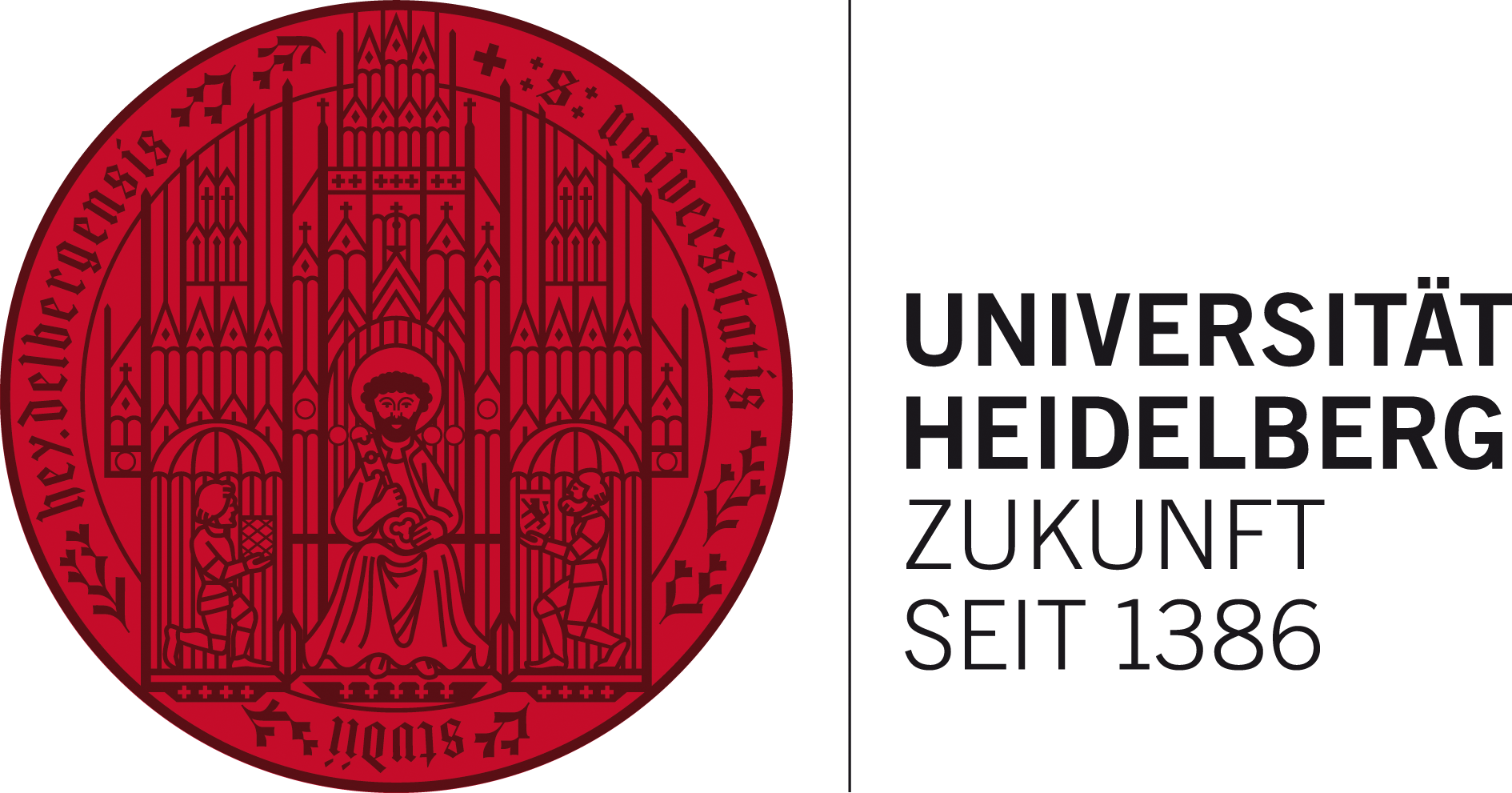FOSSGIS Projects#
Task: We will collect information on four very popular FOSSGIS projects. To work on the same document, we will work with a shared online editor: hackmd: Shared markdown editor
This is an overview of four FOSSGIS projects.
Group task: Form 4 groups. Find information about your group’s FOSSGIS project and collect it below. You may start your search at the OSGeo Live Website.
Note: Please format links to the webpage, documentation, etc. using the Markdown format, e.g. github.com → Refer to this GitHub Markdown guide or Markdown Guide to learn more about it.
Overview#
Fill in this table for your project
Project |
Year started |
# Contributors |
# Open Issues/Tickets |
Date of last contribution in code |
License* |
|---|---|---|---|---|---|
QGIS |
2002 |
541 |
4649 |
28.10.2024 |
GNU General Public License v2.0 |
GRASS GIS |
1983 |
118 |
441 |
23.10.2024 |
|
SAGA GIS |
2001 |
9 |
3 |
23.10.2024 |
LGPL v2.1 (api); GPLv2 (GUI and modules) |
gdal |
2000 |
528 |
482 |
22.10.2024 |
MIT style License |
2. Collect information on your project#
Collect some information on the resepective project section below by answering the following questions
QGIS#
Homepage: https://www.qgis.org/ Link to documentation: https://www.qgis.org/resources/hub/ Link to source code: qgis/QGIS Where can you report bugs?:qgis/qgis#issues How can you run the software?: can be used with a graphical user interface,the command line or with python, plugins are available
About the project#
What does the name stand for?
QGIS previously stood for “Quantum GIS” until 2013, when it was permanently changed to “QGIS.”
Who started it and what was their background?
Gary Sherman initiated the project. According to his LinkedIn, Sherman worked as a technical analyst at ESRI until 2001 and then with the US Bureau of Land Management until 2011, after which he founded his own GIS consulting firm, GeoApt LLC.
What was the initial intention and purpose of the software?
According to the documentation “The initial goal of the project was to provide a GIS data viewer.” The purpose of the software is “to be a user-friendly GIS, providing common functions and features” for users on all computers.
Contribution and usage guidelines#
How can you contribute to the project?
Take a look at the project’s licence. Under which conditions are you allowed to redistribute an adapted version of the software? (Refer to https://choosealicense.com/ to learn about licenses)
GRASS GIS#
Homepage: https://grass.osgeo.org/ Link to documentation: https://grasswiki.osgeo.org/wiki/GRASS_Documents Link to source code: OSGeo/grass Where can you report bugs?:OSGeo/grass#issues How can you run the software?: has a gui, command line works with python, plugins can be made and/or downloaded
About the project#
What does the name stand for? Geographic Resources Analysis Support System
Who started it and what was their background?
What was the initial intention and purpose of the software?
Contribution and usage guidelines#
How can you contribute to the project?
Take a look at the project’s licence. Under which conditions are you allowed to redistribute an adapted version of the software? (Refer to https://choosealicense.com/ to learn about licenses)
SAGA GIS#
Homepage: (https://saga-gis.sourceforge.io/en/) Link to documentation: (https://saga-gis.sourceforge.io/saga_tool_doc/index.html) Link to source code: (saga-gis) Where can you report bugs?: (https://sourceforge.net/p/saga-gis/bugs) How can you run the software?: Can be used in agraphical user interface, commands can be executed via command line, plugins can be added to enhance the experience.
About the project#
What does the name stand for?
System für Automatisierte Geowissenschaftliche Analysen
Who started it and what was their background?
Was initiated by a small team of researchers from the Dept. of Physical Geography, Göttingen
What was the initial intention and purpose of the software?
Originally designed for an easy and effective implementation of spatial algorithms. The focus of the program is on physical-geographical calculations and forms of representation, which are mostly carried out on the basis of raster data.
Contribution and usage guidelines#
How can you contribute to the project?
Direct contributions can be done through SAGA’s project homepage at SourceForge, where you can participate in forum discussions or improve the WiKi. Become a funding member of the SAGA User Group Association, which represents the interests of the world wide SAGA user communit
Take a look at the project’s licence. Under which conditions are you allowed to redistribute an adapted version of the software? (Refer to https://choosealicense.com/ to learn about licenses)
Licensed under the GNU General Public License 3. The GPL requires derived works to be available under the same or a comparable licence, with other words derived works have to become Open Source as well.
GDAL#
Homepage:
Link to documentation: https://gdal.org/en/latest/
Link to source code:OSGeo/gdal
Where can you report bugs?:OSGeo/gdal#issues
How can you run the software?: graphical user interface, command line, plugins, python, etc. => OSGeo4Shell, plugin for QGIS –> GUI, command line
About the project#
What does the name stand for?
Geospatial Data Abstraction Library
Who started it and what was their background?
The Open Source Geospatial Foundation (non-profit organization, objective is to support global adoption of open geospatial technology, to offer software, community driven development)
What was the initial intention and purpose of the software?
is meant as a translator library for raster and vector geospatial data formats, also offers command line utilities for data translation and processing
Contribution and usage guidelines#
How can you contribute to the project?
contribute code
filing high-quality bug reports
improve documentation
financial sponsorship
Take a look at the project’s licence. Under which conditions are you allowed to redistribute an adapted version of the software? (Refer to https://choosealicense.com/ to learn about licenses)
